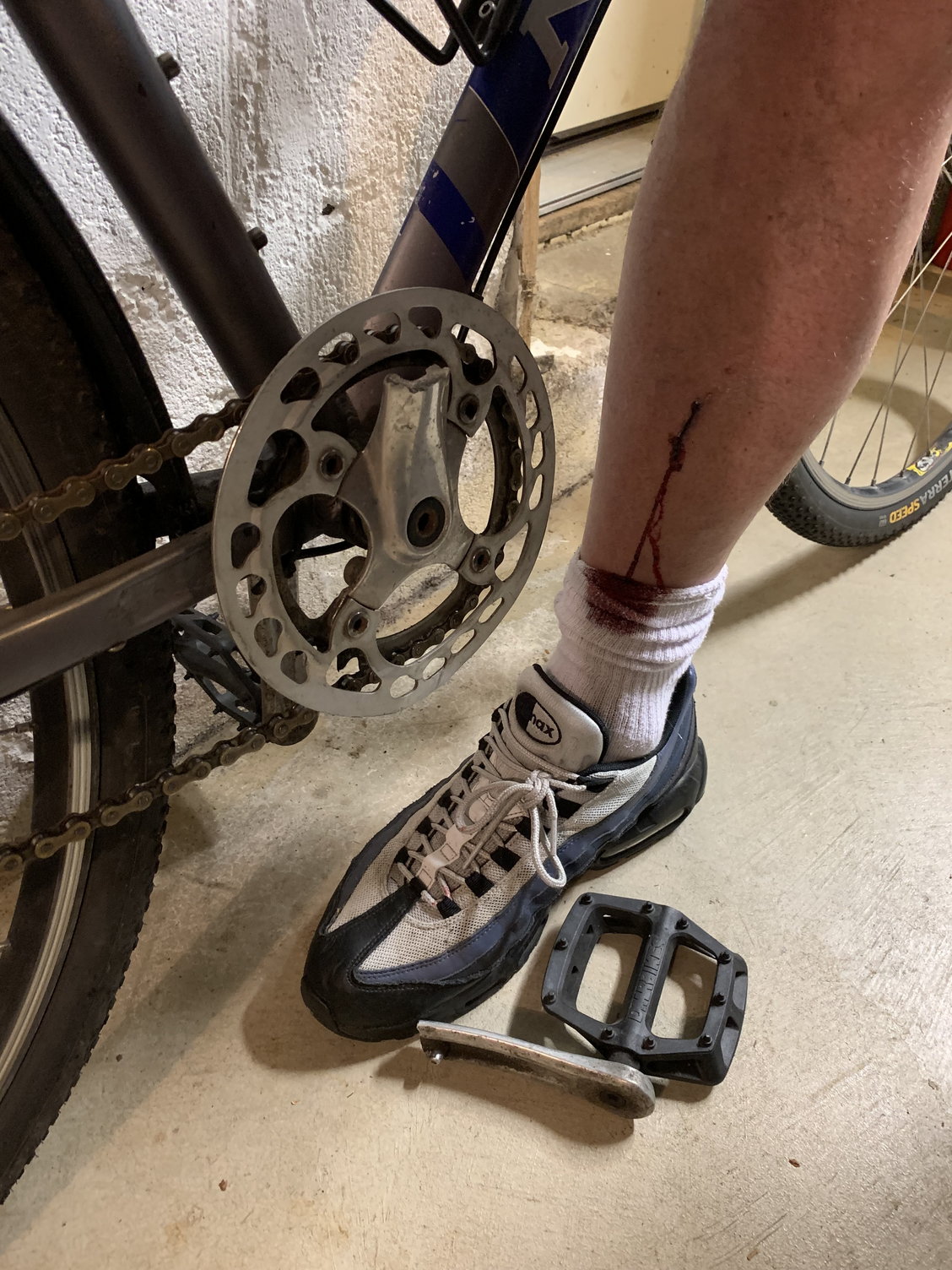That should not weaken it right?
There is an element of 'magical thinking' in this, in the sense that you look at the part and think that it is homogeneous, evenly and perfectly composed, and also that your own changes are the same.
It probably isn't - it's just as likely to have unresolved stresses and unevenly mixed materials in it. In some cases, it may be surface-hardened by design, even if that is done properly. That means a fragile rigid shell supported by a more flexible, possibly tougher core, and you're planning to break the shell.
As well, expect a good chance of introducing micro-cracks in the edges of the holes you make, depending on how you do this and what further work you do. Cracks are stress concentrators, multiplying the load just in a small area.
You are losing your safety margin. That's not what you are thinking of, but the real part doesn't do what you are thinking it will, it does what it does.
Now, think of stomping hard on the pedal and having the arm snap, and your leg sliding along the broken arm (it will likely break at one of the holes and it will also likely be pointing up when you are stomping on it) at that full power.
It's probably your calf, so you may not bleed out before rescue arrives, but you aren't likely to be riding much, and you still have the crash that's about to happen (what situation were you in that you were stomping the pedal?).
@99t4 is your best advice here.


